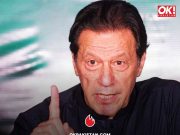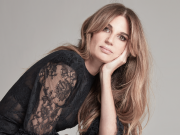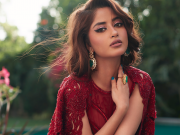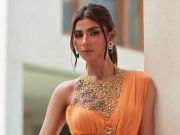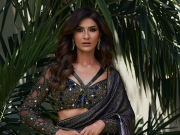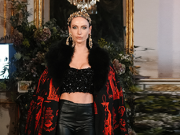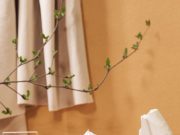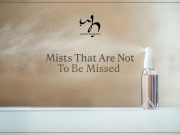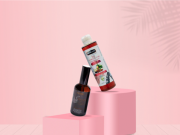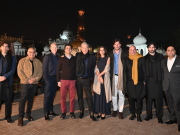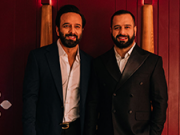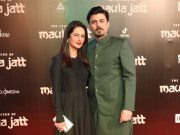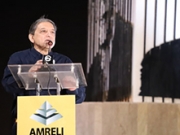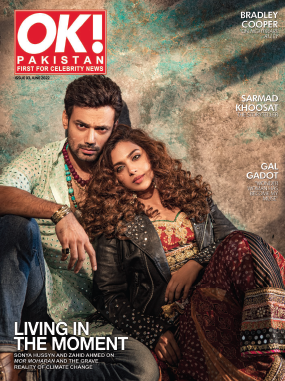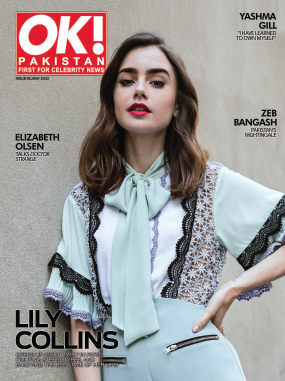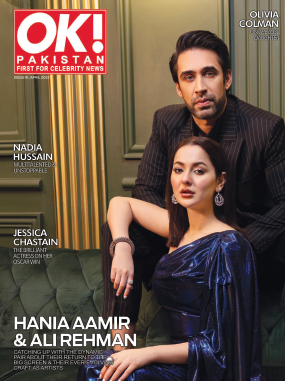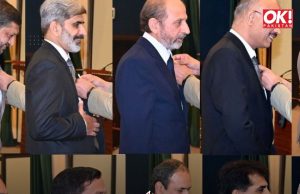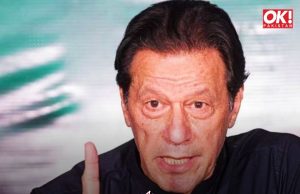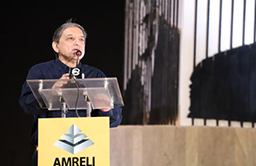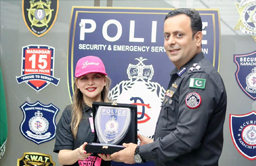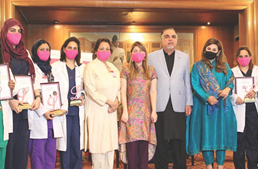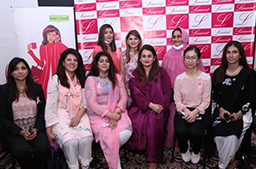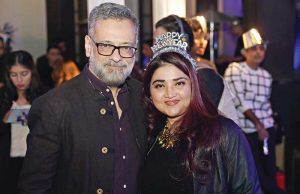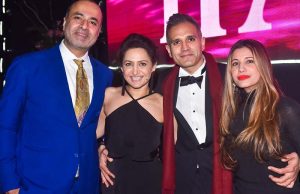
What caught my attention was the continuous yet gripping juxtaposition of fire and water – images that simultaneously oppose and complement one another. Potent images, particularly those relevant to the natural landscape are a prominent part of Kaur’s literary consciousness and she often uses these tensional images to highlight the tussle and turmoil a woman faces in this day and age. The fire, a symbol of angst, fury and passion is seen in light of grave psychological damage whilst the running water becomes both, the gateway to her vulnerability as well as the source to her inner peace. Ultimately both images culminate in a resolution – to embark on the search for peace amidst an existence that is tumultuous.
As somebody who studied English literature with great vigour at college, I was hesitant immersing myself in the work of Kaur, primarily because I identified with my literary heroes including Sylvia Plath, T.S. Eliot and John Donne who defined the better half of my adolescent years. Even though I wasn’t particularly fond of Kaur’s poeticism itself, I respected her for unsilencing parts of the mind, which are often kept hidden for the sake of cultural conformity. The core premise of her work, I believe is the need to embrace emotion, a state that is transcendent and timeless. Kaur’s style, which I believe is almost confessional in nature lures the reader in and helps us engage in a conversation of the minds – we are able to walk with Kaur through her reflections about life.
Some readers might even question the nature of Kaur’s drawings, to figure out how they find any relevance in the throes of the literary process. Though, I might want to remind all of you that Sylvia Plath, my idol reflected the very same literary behaviour. Her literature was inspired, for the most part by observations and drawings she etched onto her drawing book. Therefore, I couldn’t help make the parallel between Kaur and Plath, interestingly so. The hand-drawn sketches marry beautifully with the poems, representing motifs, symbols, characters and occurrences elucidated in the text. In some cases, the poems are structured within or even around the sketches, helping the reader delve into the interplay between image and text.
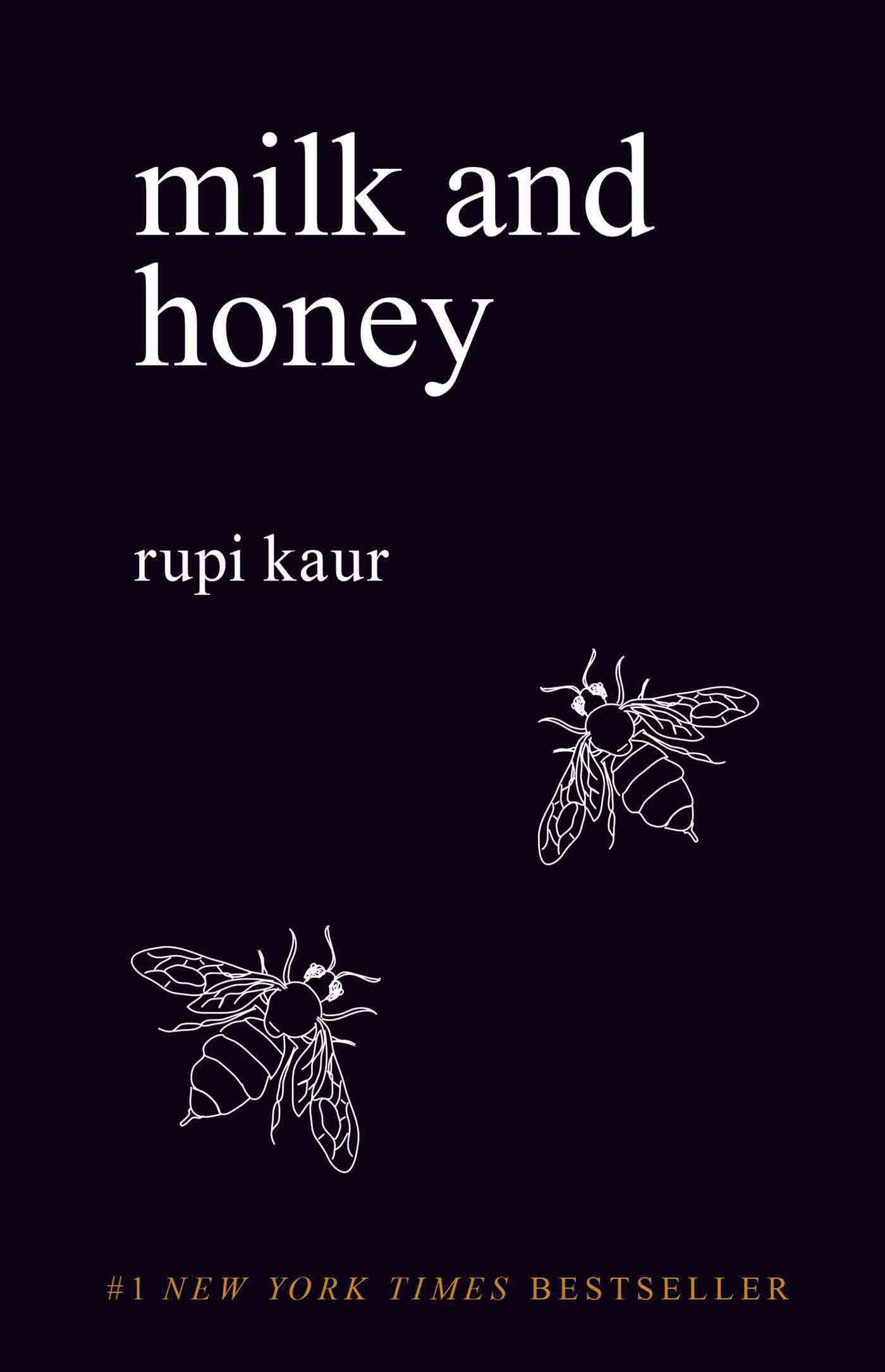
Kaur takes her readers on a journey, a journey of self-empowerment where every individual can identify with the notion of feeling pain and struggle, yet striving for a sense of hope. Perhaps, this state is the quintessential human condition of the modern world. Through her literary prowess, Kaur was able to help me identify with every moment of the reflection process.
In her first section titled The Hurting, Kaur alludes to notions of physical pain, a pain that is powerful and cripples an individual deep inside. People cry out for help, but there is no one willing to respond to it. The words project repeated instances of abuse and neglect, which makes one feel marginalised. There is a feeling so personal, so real, that it still hasn’t even registered itself with the individual – it is internal, deep within the vagaries of our conscience. The second section titled The Loving moves from potent physicality to the intimate sensuality. Kaur explicates all the pleasures that are derived from love and the power it has over the soul. This could perhaps be a response to the pain one experiences in their initial stage of grief – to crave something that rejuvenates the soul.
The paradigm shift occurs again in her final sections titled The Breaking and The Healing where we are transported from the state of heartbreak to that of complete happiness. Perhaps, every youthful individual, girl or boy can identify with having their heart broken. A pain that is innocent and naive yet haunting and crippling. Breaking, in some sense highlights the fractured soul of young lovers who are unable to reclaim the love that they once had. However, it is the final section that truly emblematises the meaning of independence. Rather than relying on the world for validation, one should introspect and find the answer to their own existential crisis within themselves. The greatest love, therefore, is not one accorded to another individual but the one given to yourself – to respect and revere everything you represent.
Milk and Honey might be critiqued as cliché in many ways, some might even call it a sappy tale about love, however, I read it at a time when I was questioning many of my life choices. Even though her message was in many ways non-unique, it still created a reminder within my conscience, that before I can embark onto embracing and loving all the pleasures of the world, I must be able to find confidence in myself, to be able to respect what I represent. It is only then that I would be able to find my true path to self-discovery.





